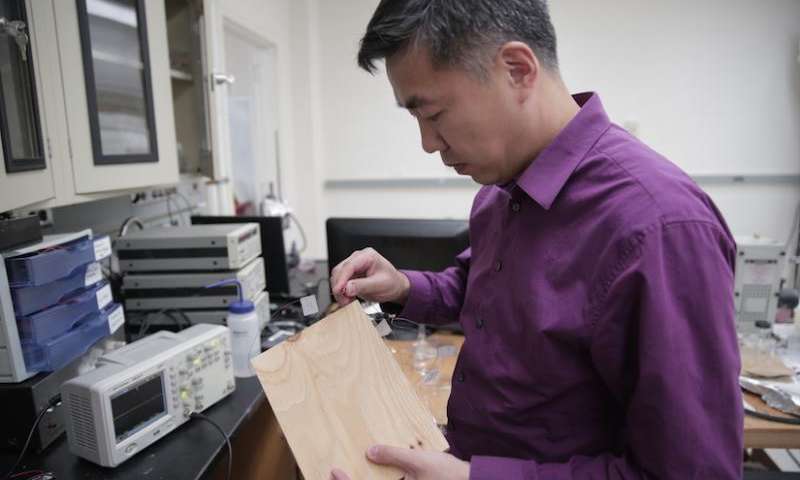Wood has always been a boon to mankind in countless ways. But taking it one step further, scientists from the University of Wisconsin-Madison under the guidance of associate professor Xudong Wang have designed wood flooring that converts footsteps into usable electricity.
How does it work?
The wood pulp contains cellulose nanofibers, which are chemically processed and turned into thin layers of charged and uncharged fibers. They are further embedded into the wooden floor. When these two layers come in contact with each other electricity is produced. Power generated by electrical flooring is enough to power lights of a house as well as low-power appliances.
Advantages
Advantages of this new renewable technology in comparison with other floor power generating processes is that it is not so expensive. This is because the required material i.e. wood pulp is easily and abundantly available. Moreover, it is fully recyclable and can cover a much larger area than its other counterparts. Another advantage of this electricity generating process is that it’s not dependent on weather conditions like the solar energy or wind energy etc. Not only that but he amount of electricity produced can also be increased by adding more layers of nanofibers and vice-versa.
According to Xudong Wang, an associate professor of materials science and engineering at University of Wisconsin-Madison,
We’ve been working a lot on harvesting energy from human activities. One way is to build something to put on people and another way is to build something that has constant access to people. The ground is the most-used place.
Xudong Wang with the prototype of the researchers
via: Inhabitat
Follow Homecrux on Google News!

